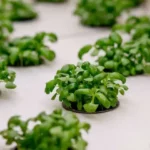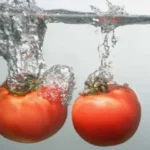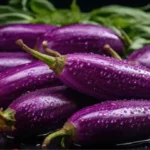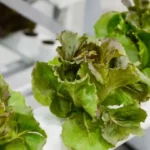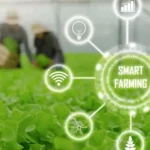Are you new to hydroponic flower cultivation and overwhelmed by the many available options? Let’s simplify things for you. Imagine coming home to your first hydroponic setup, eager to start but unsure which flowers will thrive best. Discover the best flowers for hydroponics, from elegant orchids to resilient blooms, and explore the ideal choices for your setup.
Some of the best hydroponic flowers you can grow include:
- Orchids
- Roses
- Petunias
- Lavender
- Chrysanthemums
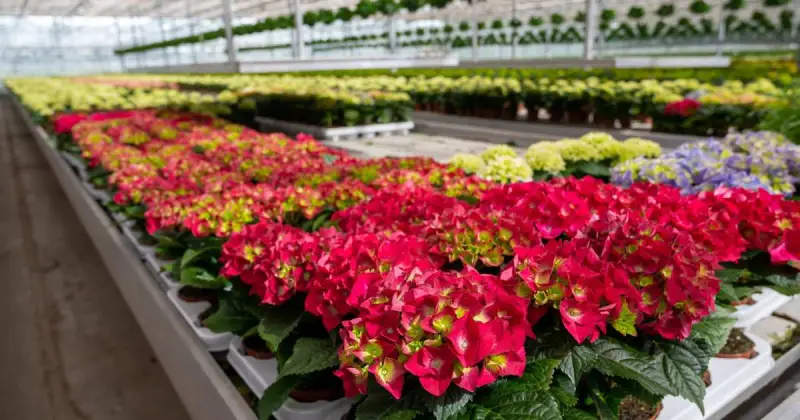
Are you curious why these flowers will flourish in your hydroponic garden? In this article, I’ll guide you through the top flowers suitable for hydroponic systems. I’ll start with orchids, known for their beauty and resilience. Let’s find the perfect blooms for your hydroponic garden together.
Stay tuned to uncover a variety of options beyond orchids. Whether you’re a beginner or an experienced grower, there’s something for everyone in the world of hydroponic systems and the flowers you’ll cultivate within. Get ready to elevate your gardening experience and create a vibrant oasis of blooming beauty, and keep reading to find the perfect blooms for your hydroponic setup.
Humble Highlights
- Save time by knowing the best hydroponic growing conditions for 5 varieties of popular flowers so you can grow your beautiful blooms year-round indoors!
- Discover the optimum growth for home-grown cultivated flowers so you can get bigger, healthier, and more breathtaking blooms from some of your favorite flowers.
- Save money by knowing how to care for low-maintenance flowers, like chrysanthemums, to produce vibrant and longer-lasting flowering from some of your favorite varieties!
Orchids
Orchids are well-suited for thriving in hydroponics due to their visually exotic appearance and ease of care as houseplants. When cultivating orchids in hydroponic systems, providing the right conditions for optimal growth is crucial. Orchids thrive in indirect lighting, making them perfect for indoor hydroponic setups where natural sunlight may be limited.
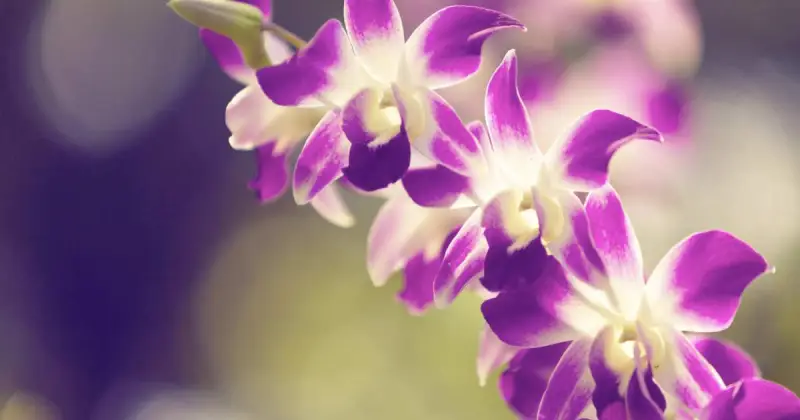
One of the primary reasons orchids are popular choices for hydroponic cultivation by florists worldwide is their resilience. These flowers can adapt well to various hydroponic environments, demonstrating their ability and flexibility to thrive without traditional soil.
Orchids prefer tropical climates with humidity levels above 50%, mimicking their natural habitat. By replicating these conditions in a hydroponic setup, you can ensure your orchids flourish and bloom beautifully. 1
Orchids require moderate watering to remain robust and prevent root rot, a common issue in soil-free gardening.
Roses
When cultivating roses hydroponically, it’s crucial to maintain a slightly acidic nutrient solution for optimal growth. Roses have specific requirements that must be carefully met to achieve the best results. Here are some key factors to consider:
- Ventilation: Adequate airflow is essential to prevent the spread of fungal diseases, especially in enclosed spaces.
- Temperature And Light Requirements: Different rose varieties have distinct preferences for temperature and light levels. Researching and providing the ideal conditions for your specific rose type and its unique growing preferences is vital. 2
- Pruning: Regular pruning is essential to stimulate new growth and flowering. Proper pruning techniques will help preserve the plant’s health and shape in a hydroponic setup.
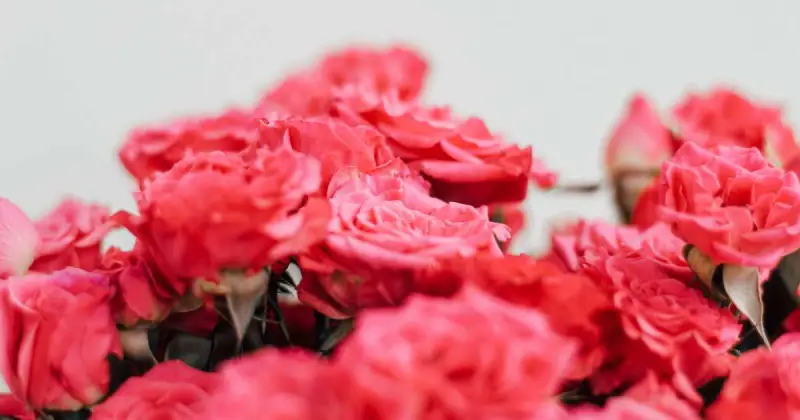
Petunias
For optimal growth and blooming of petunias in a hydroponic system, maintain environmental temperatures between 60-80F while ensuring a consistent nutrient supply with proper ventilation.
Petunias thrive in hydroponic setups when provided with the right conditions. As mentioned above, these plants prefer temperatures ranging from 60-80F to flourish, and remaining within this range is essential for consistent growth. 3
Ensure a steady nutrient supply to support their growth and blooming. Adequate ventilation is crucial to prevent issues like mold or mildew in your indoor garden, where these vibrant flowers will thrive.
Monitoring pH levels and nutrient intake is vital for the best development of petunias in hydroponic systems. With these conditions in place, your petunias will produce an abundance of colorful blooms, enhancing the beauty of your indoor garden.
Plants grown hydroponically grow faster and produce more than traditional soil gardening. And flowers are no exception. Take a few minutes and check out this video below which delves into some of the best flowers you can cultivate at home in your hydroponic system.
Lavender
Lavender, a highly versatile flower known for its therapeutic and culinary uses, thrives in various light conditions and requires moderate watering and well-draining soil for optimal growth in a hydroponic system.
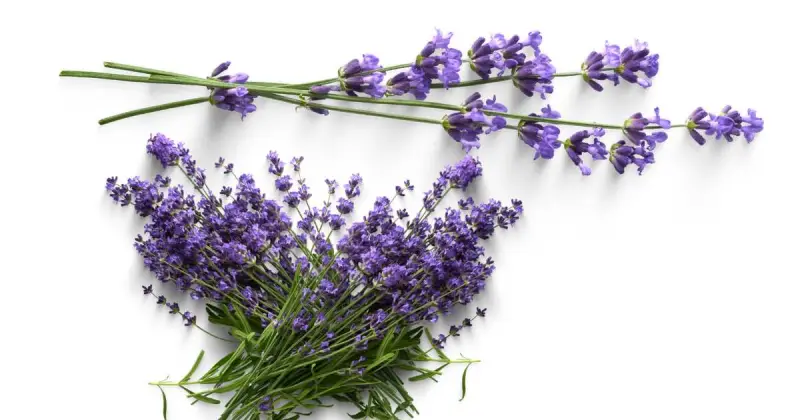
Consider the following practical tips when growing lavender hydroponically:
- Lighting: Ensure your hydroponic setup offers sufficient and consistent light (either natural or artificial) for lavender to thrive. Lavender can adapt to direct sunlight and shade. 4
- Watering: Practice moderation in watering to prevent root rot; ensure good drainage in the system.
- Nutrient Solution: Provide a balanced nutrient solution to support lavender’s growth and promote the development of fragrant blooms.
With its calming aroma and culinary versatility, lavender makes a valuable addition to any hydroponic garden. Explore incorporating this delightful flower for its beauty and functionality.
For example, lavender has been known to induce calm and relaxation. Place some around the home, like the kitchen and bath, to help you and your guests feel welcome and comforted.
Chrysanthemums
Chrysanthemums are highly suitable for hydroponic cultivation due to their vibrant colors and ability to withstand common issues. These flowers come in white, yellow, orange, purple, and red, adding a colorful touch to your hydroponic garden. Chrysanthemums are easy to care for in water-based systems, making them a practical choice for hydroponic flower cultivation.
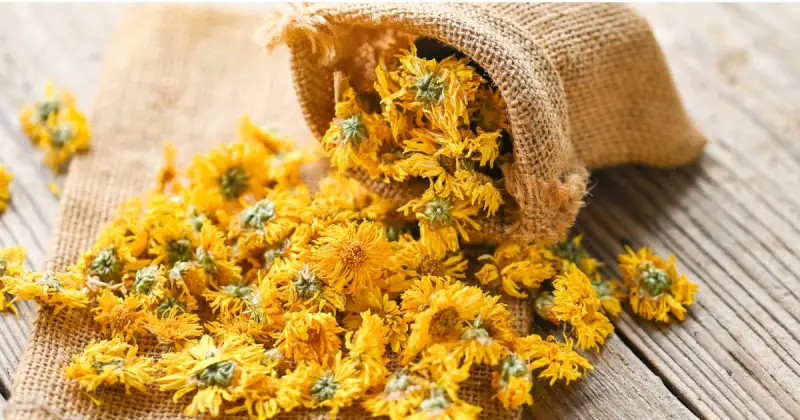
One main benefit of hydroponically growing chrysanthemums is their resistance to pests and diseases, ensuring a healthy garden. Furthermore, these flowers offer long-lasting blooms, allowing you to enjoy their beauty for extended periods. 5
Consider incorporating chrysanthemums into your hydroponic setup for a beautiful, low-maintenance floral display that will brighten any space.
When growing hydroponically, it is crucial to monitor pH levels, airflow, and nutrient levels. Neglecting these factors can lead to deficiencies, diseases, and imbalances that can affect plant health.
Maintaining a clean environment and adjusting lighting schedules are essential for successful cultivation.
Conclusion
Now that you’ve discovered some of the top flowers for hydroponics, like orchids, roses, petunias, lavender, and chrysanthemums, you’re ready to witness their beauty in your controlled environment.
You’ll see these blooms thrive and brighten up your space by providing these popular choices with the proper care and nutrients. So, why not opt for these vibrant colors in your hydroponic system and enjoy the delight they’ll bring to your gardening journey?
What flowers do you grow hydroponically? We’d love to know what beautiful blooms you cultivate and the steps you take to succeed. Drop us a line in the comments below and spill!
SOURCES
- Wikipedia – Orchid
- National Library Of Medicine, National Center For Biotechnology Information – Hydroponics: A Versatile System To Study Nutrient Allocation And Plant Responses To Nutrient Availability And Exposure To Toxic Elements
- MDPI – A Review On Hydroponics And The Technologies Associated For Medium And Small-Scale Operations
- Wikipedia – Lavandula
- BMC Plant Biology – Comparison Of Chrysanthemum Flowers Grown Under Hydroponic And Soil-Based Systems: Yield And Transcriptome Analysis


